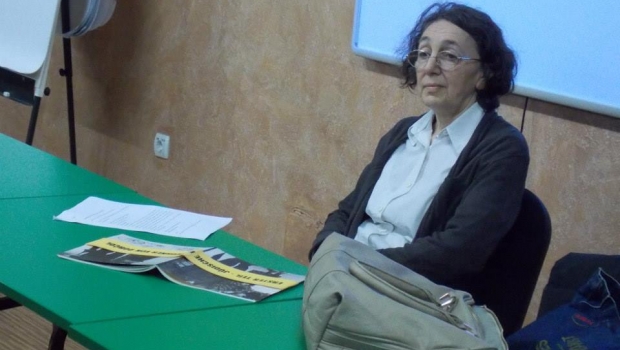LECTURE: THE HOLOCAUST IN SERBIA FROM 1941 TO 1945
LECTURE: THE HOLOCAUST IN SERBIA FROM 1941 TO 1945



Milica Mihajlović, the former curator and head of the Jewish Museum in Belgrade, delivered a lecture on 5th March at the students’ club of Ruđer Bošković High School. Our guest was welcomed and introduced to the students by our Director of Studies, Mrs. Nada Vuković. Our History teacher, Milan Piljak gave an introductory speech about Hitler’s coming to power, the importance of anti-Semitism in Nazi ideology and on the elaboration of plans for the "Final solution" - the systematic extermination of members of Jewish religion. Mrs. Mihailović told us about the customs and ways of dispersion of the Jewish people, their division and diversity of customs, and also about the relations of the Jews with the people in whose countries they lived in. She described the Jewish religious group as introvert and distrustful towards strangers, but as venturers who were useful to the country and the society they lived in. The arrival of Jews to the area of today's Serbia was gradual, but it accelerated during the development of the modern Serbian state. The turning point was the war of the Serbian Principality against the Ottoman Empire from 1876 to 1878 and the participation of members of the Jewish religion in the battles, siding with the Serbs. After the battles against the Ottomans, in gratitude, Jews were accepted as equal citizens in the Serbian state. We heard about the fate of Jews in Nazi-occupied Serbia (1941-1945), their deportation to the local concentration camps, the "bloody march" from Šabac to Belgrade, truck-gas chambers ("Gas van") and the separation of Jewish men and women when they were sent to the concentration camps in Serbia, like Banjica and Staro Sajmište. One out of the three mentioned letters was read to us, which revealed the psychological state of the Jews during the time they spent in the concentration camps in Belgrade and the further transportation of Jews to the biggest extermination camps of that time, like Majdanek, Treblinka and Auschwitz II / Birkenau in the Nazi-occupied Poland. The lecture was followed by numerous questions and comments from students and teachers.
